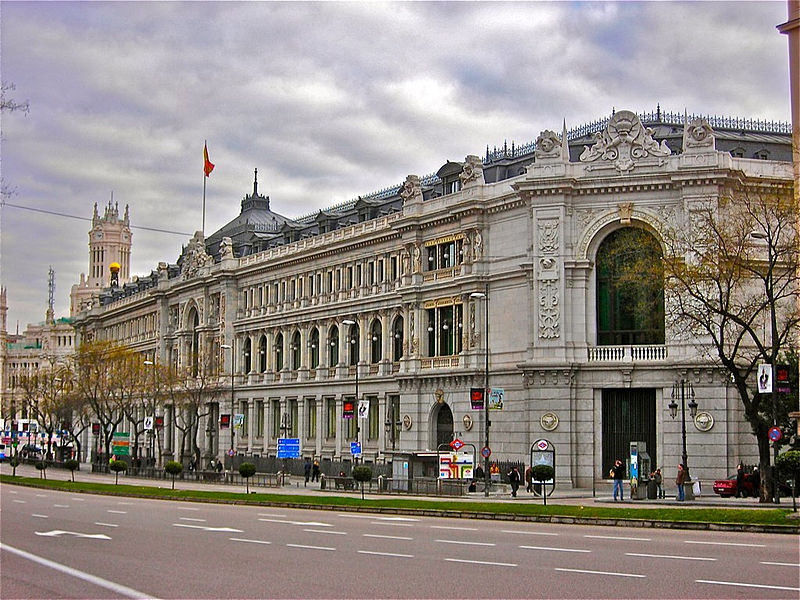For several quarters now, forecasters, analysts and the media have been steadily churning out disaster scenarios about Europe. Whilst the region is still plagued by some deep-seated problems, the markets seem to have factored them in and risk premiums on some assets have dropped, according to UBP’s research.
New foundations
Financial markets have begun to pick up and are probably right to be optimistic because the trend in the economy seems to be reversing: monthly indicators are showing better data than expected, such as falling unemployment in Spain and a rebound in corporate sentiment. Besides, the policy mix (the combination of budgetary and monetary policies) is shifting and the spiral of recession should now be reversible.
“Perhaps it is time to reassess our view of Europe and adopt a more positive outlook. Because even though credit is still frozen in the eurozone, the reforms implemented since 2008 and the determination shown by some governments – especially in the periphery – are paving the way out of the recession and towards a rebuilding of Europe” says Patrice Gautry, UBP’s Chief Economist. He lists five crucial steps in this revival:
- If budgetary policy-makers loosen their austerity, they can make some room for growth to take hold, provided this is combined with structural reforms, a sharp fall in long rates and the prospect of budget harmonisation;
- The current debate on taxation will most likely force Europe’s governments to consider some more daring reforms, which would be positive for the region in the long term;
- With the US regaining competitiveness through its new-found shift towards energy independence, the future of Europe depends more than ever on its re-industrialisation. Reforms, resulting in lower labour costs and higher productivity, have already enabled some countries to regain market share;
- Combining this rebound in productivity with a comprehensive economic policy for an integrated zone should allow the eurozone to avoid a Japanese-style “lost decade” and the threat of deflation;
- Lastly, the ECB is taking a more aggressive stance. What is needed now is new lending stimulus, which would encourage demand and further cut refinancing costs, thereby reducing the debt service burden for all economic actors.
A medium-term investment opportunity
“This battery of measures for lifting Europe out of recession is very positive. However, both analysts and the market remain sceptical, which is creating an opportunity”, remarks Alan Mudie, Chief Investment Officer at UBP. He adds: “Given this we prefer equity markets, and more specifically European and Japanese stocks, which have great potential”. Portfolio strategy will therefore be built on the following seven pillars:
- Equity markets should continue to benefit from this favourable environment, especially as there should now be inflows from the fixed-income segment;
- More specifically, European equities – which have further to climb to get back to their pre-crisis highs – remain undervalued compared to US equities; within the eurozone our focus is on companies which are positioned to profit from the recovery;
- European convertible bonds also offer a more attractive performance outlook than their US peers;
- Given the macroeconomic data and the current climate, the euro still looks overpriced and a decline would be a windfall for the eurozone: we prefer the dollar;
- In bonds we recommend the shortest maturities with a focus on corporate credit. However, given the reforms being undertaken in the eurozone’s periphery, the time has come to reassess the opportunities available in peripheral sovereign bonds, such as Italian ones;
- The current environment is less propitious for safe-haven assets, but gold has not lost all its appeal for the medium term, and remains an excellent shield against central banks’ monetary excesses;
- Lastly, alternative investments should benefit from the slight uptick in volatility and the lower correlation between asset classes, which reflect improving confidence and a return to normal on the markets; this environment is well suited to long/short and global macro strategies.

